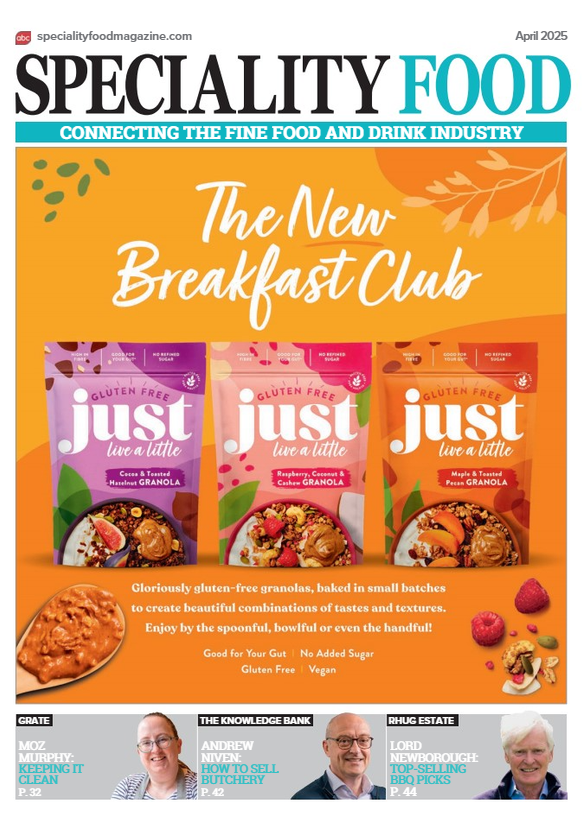“Let me tell you a story”

- It’s time to go left field rather than safety-first
- “Fashion or for keeps?”
- “New year and new possibilities”
- “What is in a name?”
- “The art of shopping”
Some would say that Damon Runyon was one of the greatest ever masters of the short story. He wrote reams of them and was still churning stuff out on his deathbed in 1946. They are well written tales and peopled with stylised characters like Harry the Horse and Nicely Nicely Johnson. Eventually Runyon amalgamated all these characters into a smash hit – Guys and Dolls
He has left a mark on our language by his use of slang and he gets the credit for inventing the term ‘Hoorah Henry’. In one of his later stories the plot hinges on his cast of horse players considering betting on a particular horse following a heart-rending story about the jockey needing the prize money for his sister’s hospital bills. It turned out that the other jockeys had all agreed to pull up their mounts, the irony being that Runyon’s characters didn’t believe the “story” and so placed no bets, missing out on a sure thing.
Anyone who sells anything is probably aware of the importance of having a good story. Earlier this year there was a short piece in a national newspaper singing the praises of Cambodian Kampot pepper. Apparently, chefs in Paris and Los Angeles will grind nothing else and a chef super star called Olivier Roellinger waxed lyrical about Kampot’s “olfactory richness”. The pepper powerhouse in South East Asia is Vietnam, and while Cambodia produces 20 tonnes a year, the Vietnamese harvested 145,000 tonnes. Scarcity has its price and while a kilo of Vietnamese pepper fetches around £6 in Europe, Kampot can cost upwards of £150 a kilo.
Kampot pepper has a good story; it is very aromatic, and has been awarded PGI status (Protected Geographical Indication) as well as scooping a hatful of stars from the Great Taste Awards. When any customer walks into a food shop the shopkeeper’s first task is to put him, or her, at their ease. Chat about the main British preoccupation – the weather – is good but what is most needed during this interaction is a story. That hard cheese in pride of place on the counter top for sampling, did it really spend some time buried on a beach above the
High Water line? Those Dorset Naga chillies in the basket, are they really as incendiary as people say they are? Are these the ones you should only prepare while wearing gloves? Is that small, gnarled-looking sausage a highly thought of British salami? And what about that Kopi Lowak civet cat coffee? Has each coffee bean really seen the interior of a civet cat’s digestion?
Having a couple of good stories to hand is part and parcel of making a shop welcoming. But do not worry about the whys and wherefores, a made-up tale will do just fine. Customers are much more likely to buy from you if they are able to relate to you. Not every customer is going to splash out on a large quantity of Kampot pepper and a few ultra-hot chillies, but a story could mean that they feel at ease and shop to their full potential. We can all benefit from a good story, just don’t refer to customers as Hoorah Henrys… at least not in their earshot.
more from Fine Food
-
“The Joy of Lists”
11 September 2019 Fine FoodSo how was your summer? Time to savour traditional seasonal attractions… Sunny Glastonbury… Cricket’s World Cup. -
“Jellyfish”
02 September 2019 Fine FoodThe thoughtful diner’s watchword is that “you cannot have anything better than exactly what you want.” -
“A pinch of flavour”
18 July 2019 Fine FoodIt’s as if two teams of research scientists have gone to war… firstly there are the white-coated folk who champion new products and try to find the next wonder food, while at the other extreme laboratories start by listing the dire…

